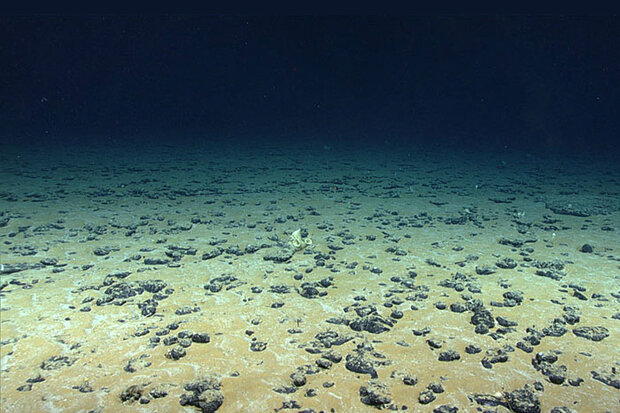Dense, decay-resistant Black Pellets would be deposited on the seafloor. Credit: NOAA
Natural processes and human activities produce vast amounts of dead vegetation which return carbon dioxide to the atmosphere through decay and combustion. Now a new article published in Climatic Change—led by researcher Philip M. Orton, funded through CPO’s Urban Northeast RISA team, and his co-author Leonard A. Miller—describes a method for sequestering this carbon that could help meet the goals of the Paris Agreement. The method involves converting decaying vegetation into a form of biocoal called Black Pellets and depositing them in the deep ocean..
Read more at the link below.
Related Content
NEWS & FEATURES
MAPS & DATA
01/20/2015
11/21/2014
01/20/2015
TEACHING CLIMATE
02/26/2018
